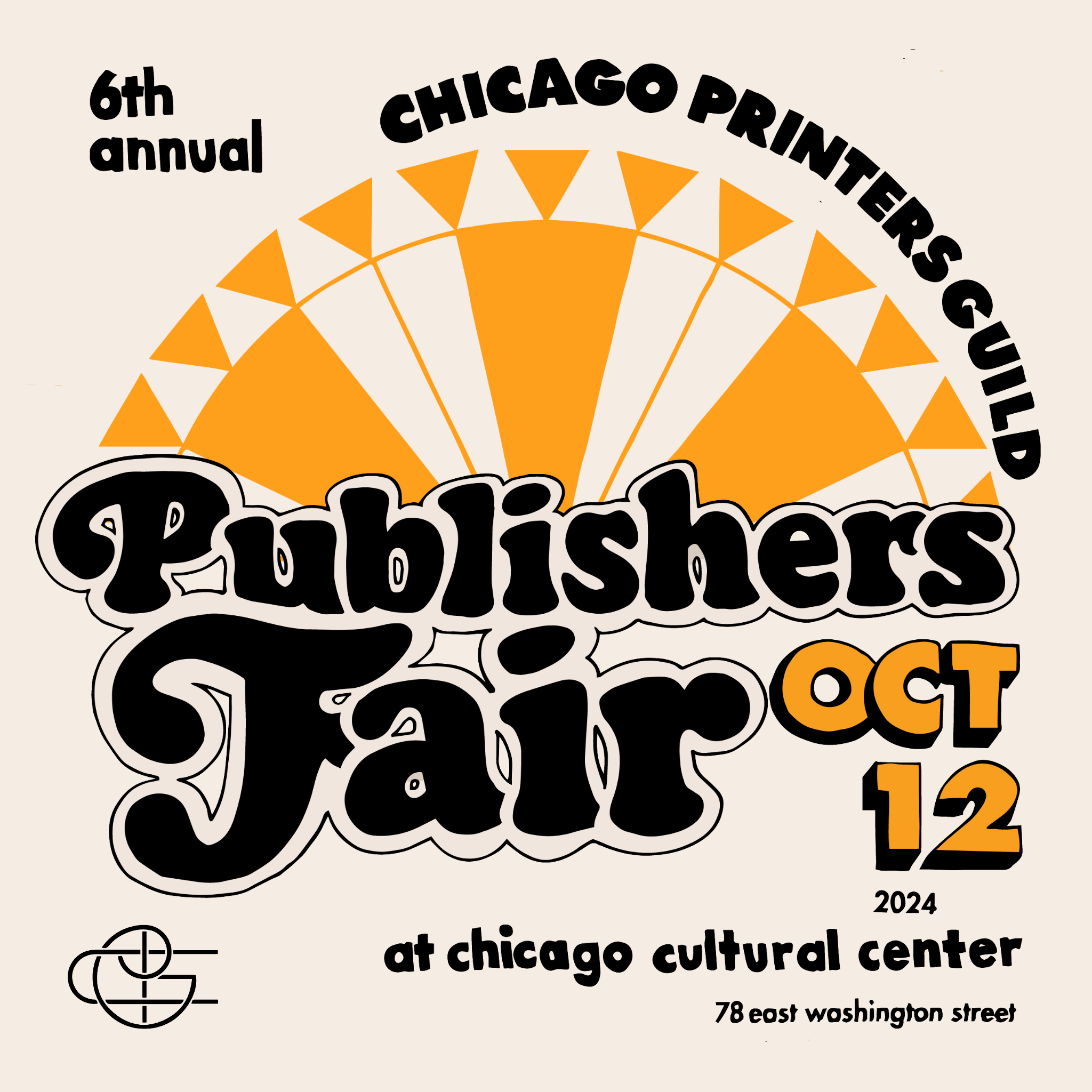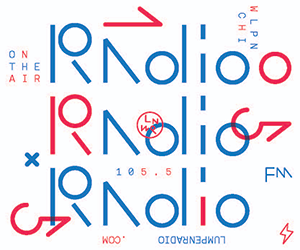“Just what the hell does ‘radical scopophilia’ mean anyway?”, you might have wondered, if you happened to have read the New York Times article on Jeff Koons’ private collection that ran in last Sunday’s Arts & Leisure section. I chuckled a bit when I read the phrase, which New Museum curator Massimiliano Gioni used to describe Koons’ visual approach to art as well as, I gather, the intense visual pleasure Koons derives from his own personal collection. Here’s the key excerpt:
“I like this type work,” [Koons] said simply about the Courbet, then pointed to a brown patch on the bull’s fur vaguely shaped like the state of New Jersey and explained that he stares at the patch often and wonders whether it might represent “some form of, you know, soul or really a personal part” of Courbet’s own being. His main fascination with Knüpfer’s “Venus and Cupid” seems to be the spilled chamber pot at Venus’ side. Looking at a Manet nude, he talks about his appreciation for the “lack of violence” in Manet’s work and refers on separate occasions to a crease in the nude’s stomach, which he believes resembles a long-tailed sperm.
Lisa Phillips, the New Museum’s director, said in an interview that one reason she and the museum’s curators made the unusual decision to hand the Joannou show over to Mr. Koons was precisely because of his unconventional and compulsive way of looking at art, what the New Museum curator Massimiliano Gioni calls his “radical scopophilia.”
In work sessions as the show came together, Ms. Phillips said, he would use examples of work, new and old, “pointing to things that often would be the peripheral things in them, things that you might not see that were actually the things that were the most interesting to him – a monkey under someone’s foot, something like that.”
It’s interesting, to say the least, that Gioni chose this particular phrase to describe Koons’ eye (as it were), given that Koons’ approach to art is idiosyncratically a-historical in its embrace of visual pleasure. Gioni uses the term ‘scopophilia’ to describe a gaze that is voracious in its viewing habits, that takes what it wants from each work of art it encounters. But what Gioni doesn’t seem to get (or at least wants to skirt, by way of his pointless and uber-pretentious insertion of the term ‘radical’ in front of it), is the fact that, although scopophilia is a psychoanalytic term employed by Freud to describe a ‘love of watching,’ the term was also taken up in the 1970s and thereafter by feminist film theorists to account for the predominance of a specifically ‘male gaze’ in classic Hollywood cinema. (Think Hitchcock’s Psycho, then go read Laura Mulvey’s classic essay ‘Visual Pleasure and Narrative Cinema’ to see what I mean). Scopophilia implies an active male gaze and a passive female subject. It’s a type of gaze that has, of course, occasionally been reflected in the history of Koons’ own work, most notably Koons’ “Made in Heaven” collaboration with his ex-wife Ilona Staller.
I’m all for voracious looking, and I don’t mind a little a-historicity in the name of visual pleasure, either. But I don’t at all care for the way that Massimiliano Gioni’s stray quote, and its placement in this article, serves to whitewash the history of important work done by feminist film theorists in this area. Gioni’s blithe attachment of the term “radical” to his use of the term scopophilia only makes it worse. Please. There’s nothing ‘radical’ about the fetishistic power dynamic at play in the scopophilic gaze–or at least, in a straight man’s version of it. It’s the opposite, in fact.
The question is whether it is accurate or not to describe Koons’ curatorial eye as ‘scopophilic’ in nature. That I don’t know. One would have to actually see the show he curates, and the bulk of his collection in person, and, you know, brush up on your feminist theory a bit before you throw around terms that have a fair amount of history behind them, before hazarding a worthwhile opinion on that matter.

Tony Perkins in Alfred Hitchcock’s “Psycho”
- Michelle Grabner, Anthony Elms, Stuart Comer Named Curators of 2014 Whitney Biennial - November 29, 2012
- New Fielding Practice Podcast on the Art21 Blog! Episode 16: Summer Review-O-Rama! - July 19, 2012
- Tom Sanford is a Busy Man…Here’s Why - June 12, 2012






